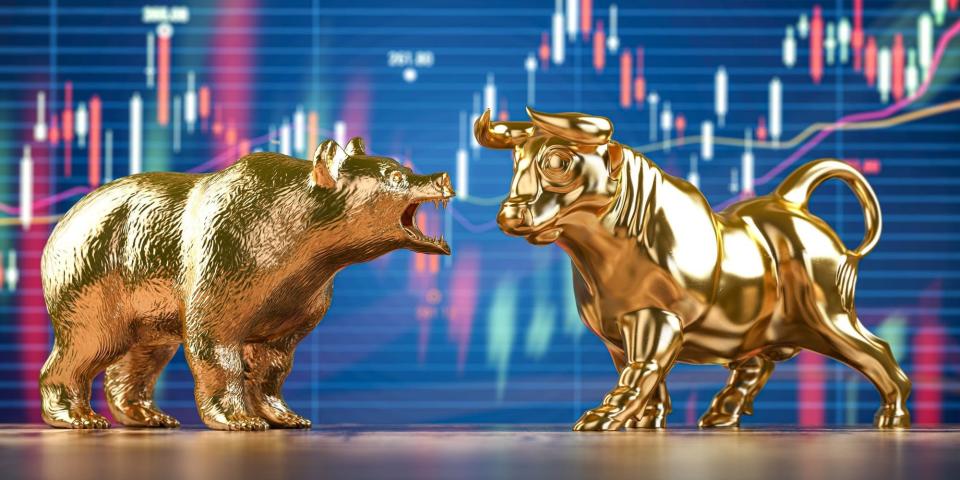Gold prices have another 29% upside as China's central bank continues its buying spree, famed economist says

Gold prices are set to continue their record bull run to $3,000 per ounce, according to David Rosenberg.
Rosenberg highlighted a buying spree from China's central bank as one reason why prices will rise.
Rosenberg said that the Federal Reserve's upcoming easing cycle should also boost gold prices.
Famed economist David Rosenberg is feeling good about where gold prices are headed.
In a note on Monday, Rosenberg outlined why he expects gold prices to continue their record bull run to $3,000 per ounce, representing potential upside of 29% from current levels.
Rosenberg said China's central bank is on a gold buying spree, having bought gold reserves for 17 months in a row, and it could have a lot more to buy up as it pushes its gold reserves to levels comparable with other central banks.
"China's drift from the US is behind its slow but steady rotation from US dollar reserves to gold — and also means the end of the yuan as a potential second reserve currency (pushing other central banks back toward gold)," Rosenberg said.
Over the past year, China alone has purchased about 181 tonnes of gold, and it's now the sixth-largest holder of gold reserves, bringing its share of total reserves to 4.3% in March. But its share of gold reserves is tiny compared to other central banks, with the global average being 13%.
That means there could be plenty of runway left for China to keep adding to its gold reserves.
"The US holds 70% of its reserves in gold. So there is incredible room to run for the PBOC over the next few years just to approach the global benchmark of gold reserves," Rosenberg said.
If China added just one more percentage point of gold to its reserves, that would imply 420 tonnes of gold, which alone would consume 11% of new production.
Aside from China's central bank continuing its buying spree, Rosenberg said other factors that could help boost the price of gold to $3,000 per ounce include increased demand from investors via gold ETFs as geopolitical tensions remain heightened and the start of the Federal Reserve's easing cycle.
If and when the Fed starts to cut interest rates, that will help boost demand for gold, according to Rosenberg.
"That's the event that would bring $3,000 per ounce into view," Rosenberg said.
While the Fed is no longer expected to cut interest rates seven times this year due to a resilient economy, it is still expected to launch its first interest rate cut later this year.
Read the original article on Business Insider

 Yahoo Finance
Yahoo Finance 